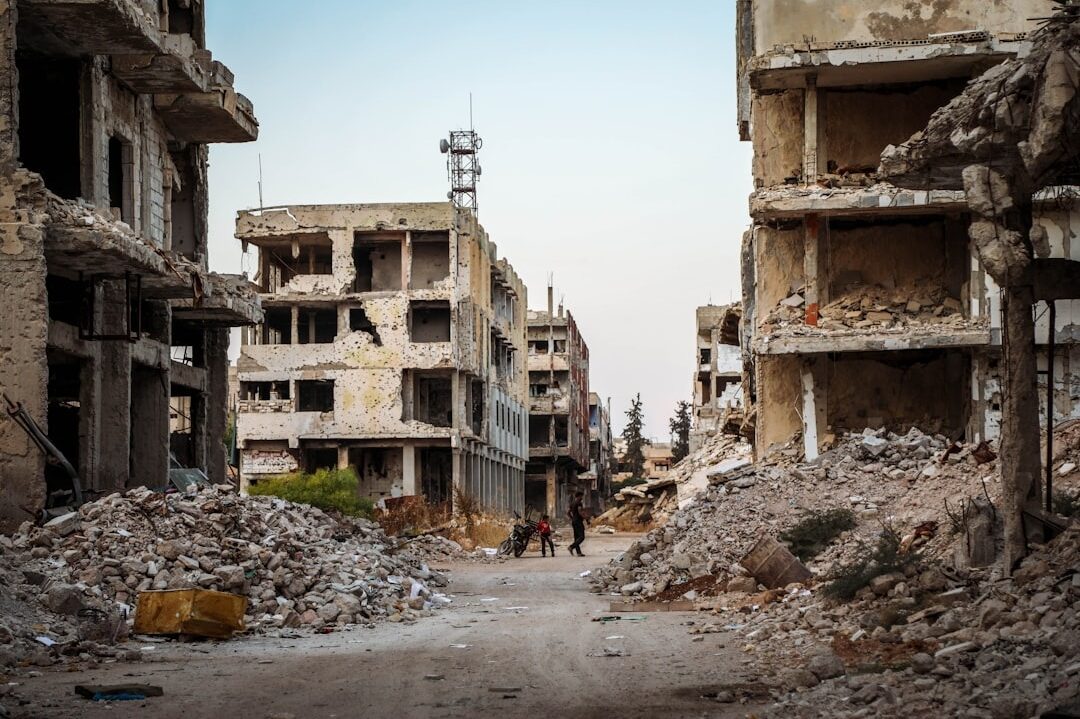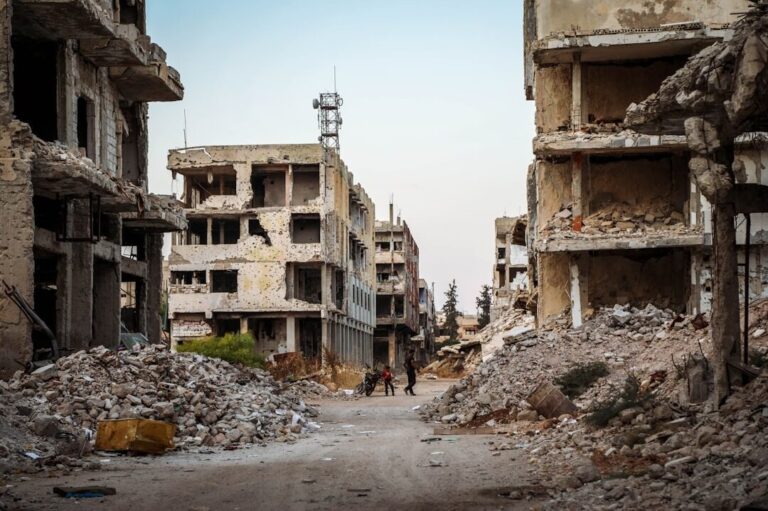
Global terrorism is a major challenge as extremist groups use violence to pursue political, ideological, or religious goals. These actions cause loss of life, disrupt regions, harm economies, and spread fear. Transnational networks thrive on political instability, inequality, and digital misuse for propaganda and recruitment. Combating terrorism requires international cooperation, intelligence sharing, addressing root causes, and inclusive policies to counter radicalization. Despite progress in counter-terrorism, the ever-changing threat requires ongoing vigilance and adaptation.
Increasing
Global terrorism has been steadily increasing in recent years, fueled by a complex interplay of factors such as political instability, economic inequality, and the proliferation of extremist ideologies. Technological advancements have also enabled terrorist groups to communicate, recruit, and carry out attacks with greater efficiency, transcending national borders and creating a more interconnected threat landscape. Conflicts in regions like the Middle East, Africa, and South Asia continue to serve as breeding grounds for radicalization, while lone-wolf attacks and cyberterrorism have emerged as new forms of violence that challenge traditional security measures. The global community faces an urgent need to collaborate on intelligence sharing, counterterrorism strategies, and efforts to address the root causes of extremism to curb this growing menace.
Worse Than You Think
Global terrorism is a multifaceted and evolving threat that extends far beyond the headline-grabbing attacks often portrayed in the media. It operates in the shadows, exploiting technology, social media, and global networks to recruit, fundraise, and spread propaganda on an unprecedented scale. The impact is not limited to physical destruction or immediate casualties; it undermines national security, destabilizes governments, and creates long-term economic and psychological scars. Many regions around the world face chronic violence from local terrorist groups whose actions rarely make international news, leaving their suffering largely unnoticed. Moreover, the ripple effects of terrorism are felt globally, as it fuels refugee crises, exacerbates political polarization, and diverts resources away from pressing global challenges like climate change and poverty. The true scope of its reach and the complexity of its networks make global terrorism a far more insidious and pervasive threat than many realize.
Legacy Media Reporting

Legacy media often fails to adequately report on global terrorism due to a combination of editorial bias, resource limitations, and audience preferences. Many major outlets prioritize stories that align with their regional or political interests, leaving incidents in less prominent or politically sensitive areas underreported. Additionally, the complexity of covering terrorism—especially in conflict zones—requires significant time, expertise, and financial investment, which many traditional media organizations are less willing to allocate in an era of shrinking budgets. This selective coverage not only skews public perception of global threats but also undermines a comprehensive understanding of the geopolitical factors driving terrorism worldwide.
__



